The rapid urbanization and modernization of China is best seen in this image of Shanghai, where the agricultural and fishing village, across the river from the historic city center, has been transformed into one of the world’s most advanced metropolises in just a couple of decades. The shock to the system that comes along with this kind of economic change can be hard for the built environment to handle — both in the way it facilitates growth and how it absorbs the new types of urbanism.
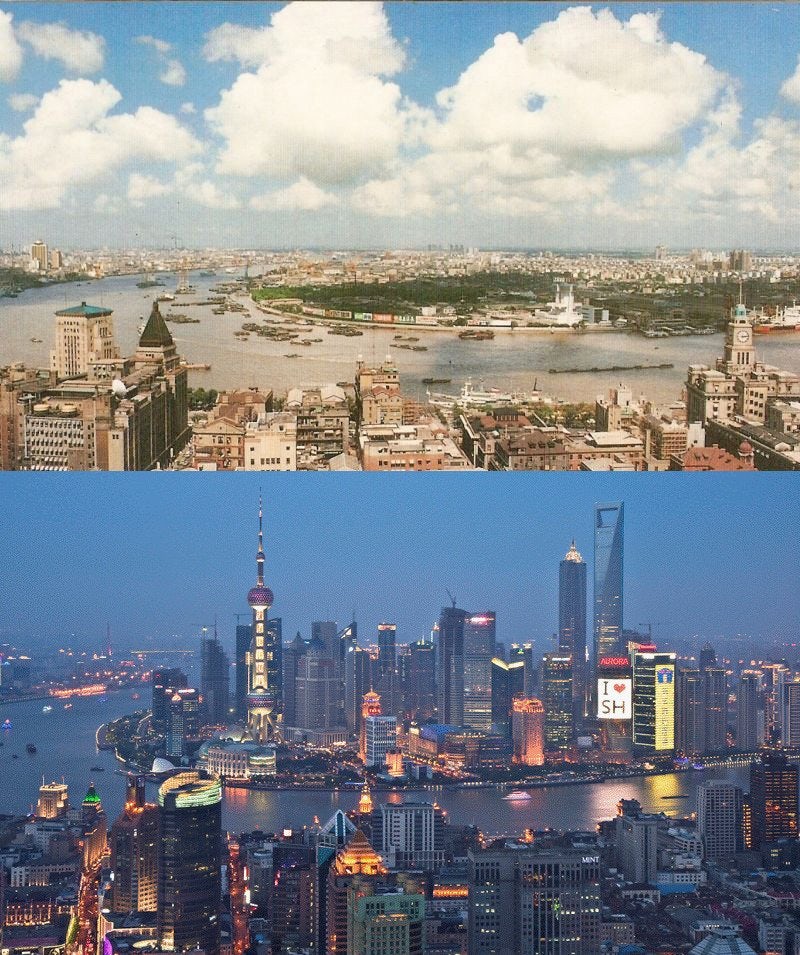
Image via weburbanist.com
Given the country’s aggressive approach to razing and redeveloping dilapidated, outmoded residential structures despite their cultural importance, architects and citizens alike are looking to rethink the blunt mandate of modernization. Beijing-based People’s Architecture Office has devised a system that allows old homes to be updated without compromising their historical structures. This solution preserves the rich history of China while bringing living conditions up to contemporary standards. PAO deployed a working scale prototype of the modular system in Dashilar, a historic district, during Beijing Design Week last September.
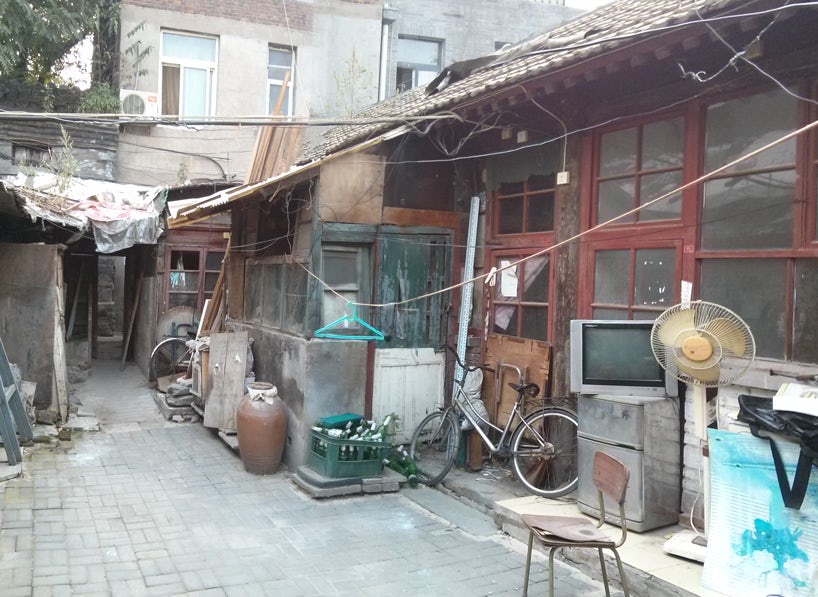
Before.
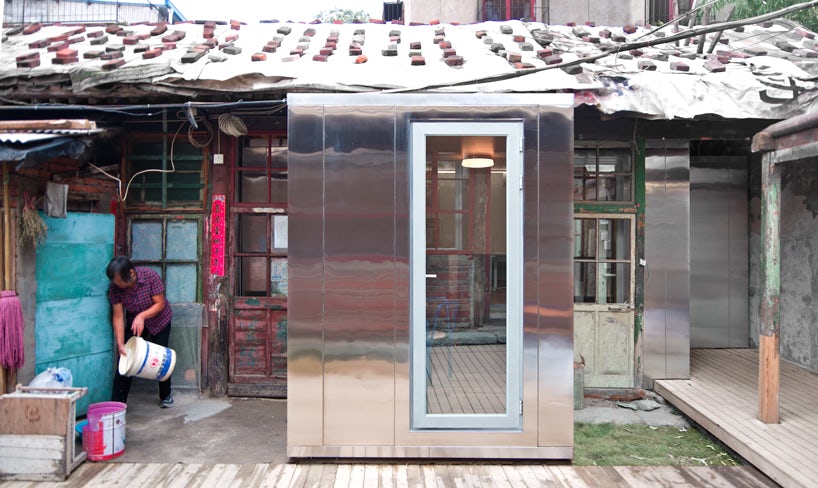
After.
The “Courtyard House Plugin” is made form prefab, composite panels that mold structure, insulation, services, apertures, and interior and exterior finishes into one part. Snap-together assembly requires only one single hex wrench, so they can easily be inserted into existing structures, behind the walls that need to be saved. It creates an interior space that is existentially separate and independent from the old building.


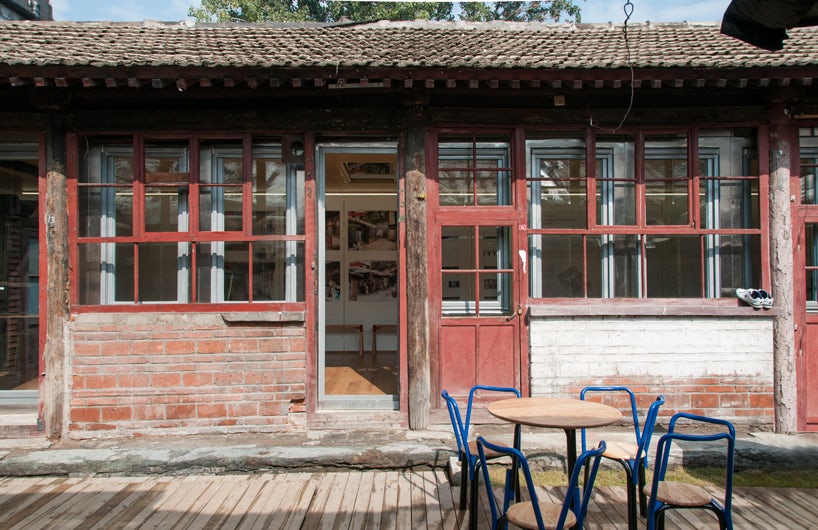
The “Courtyard 72” prototype is a functioning live/work space for researchers in the area. The courtyard used to be inhabited by several families, but it fell into disrepair. It has 430 square-feet of office space and 215 square-feet of living space, complete with private bathroom. When the system is inserted into the existing structures, it offers a new way to simultaneously preserve and renovate a space.
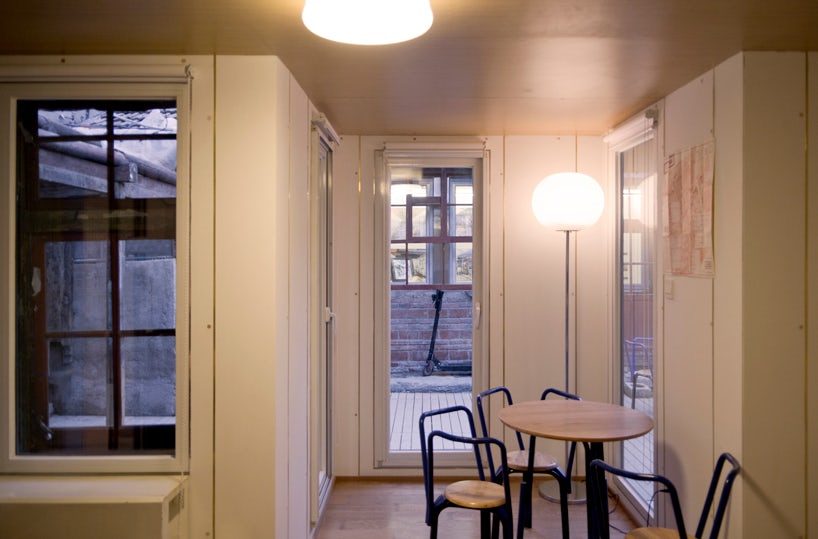
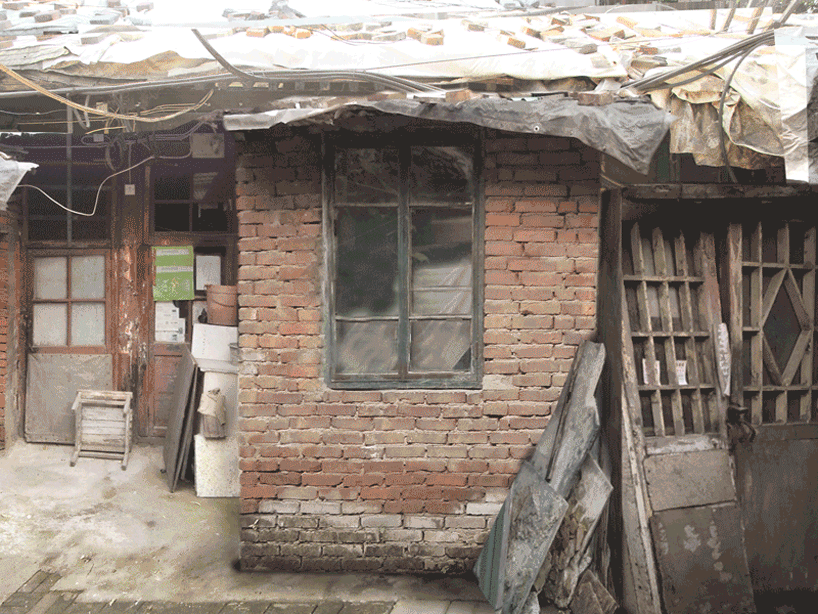
All images courtesy of People’s Architecture Office








